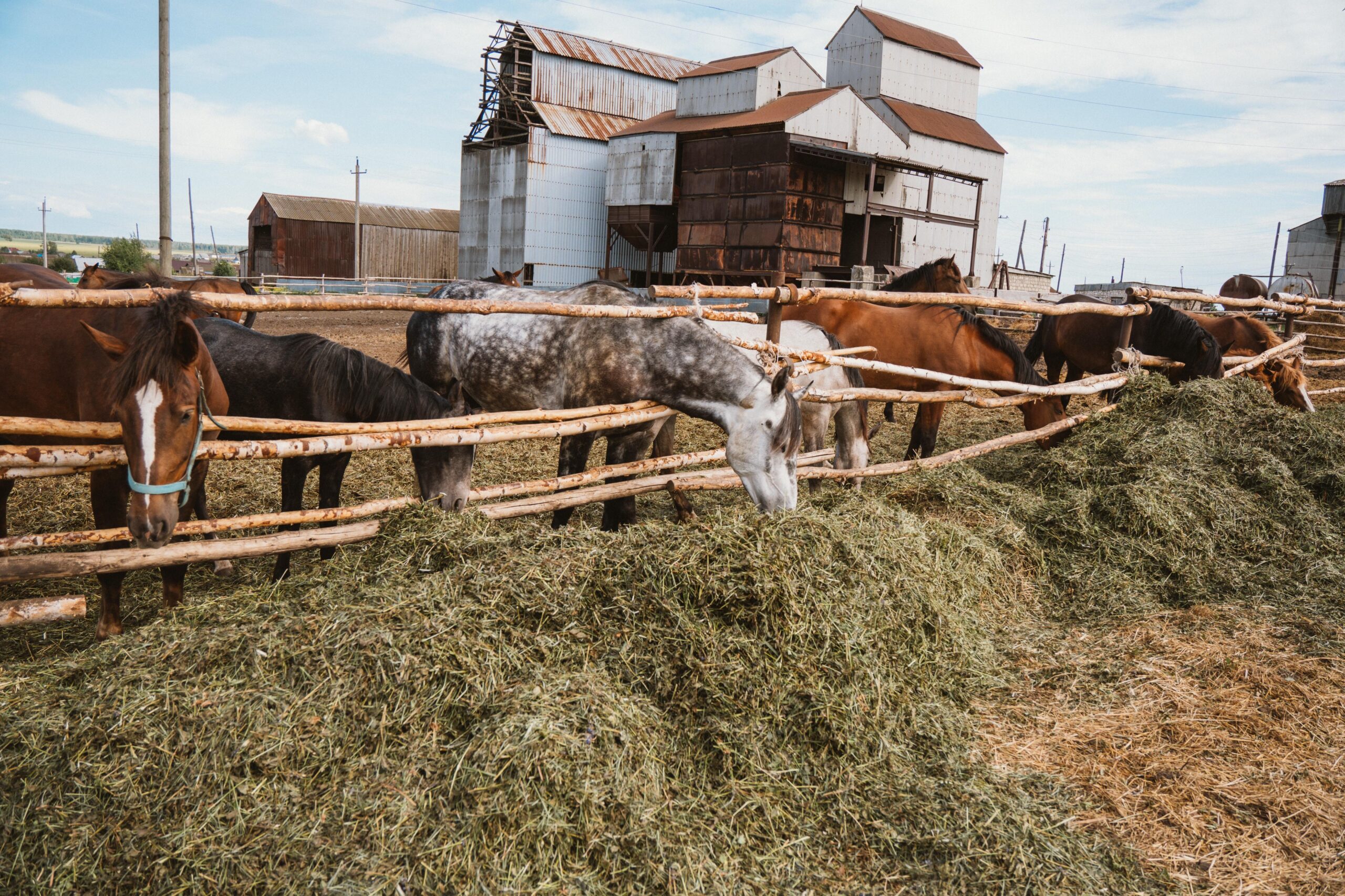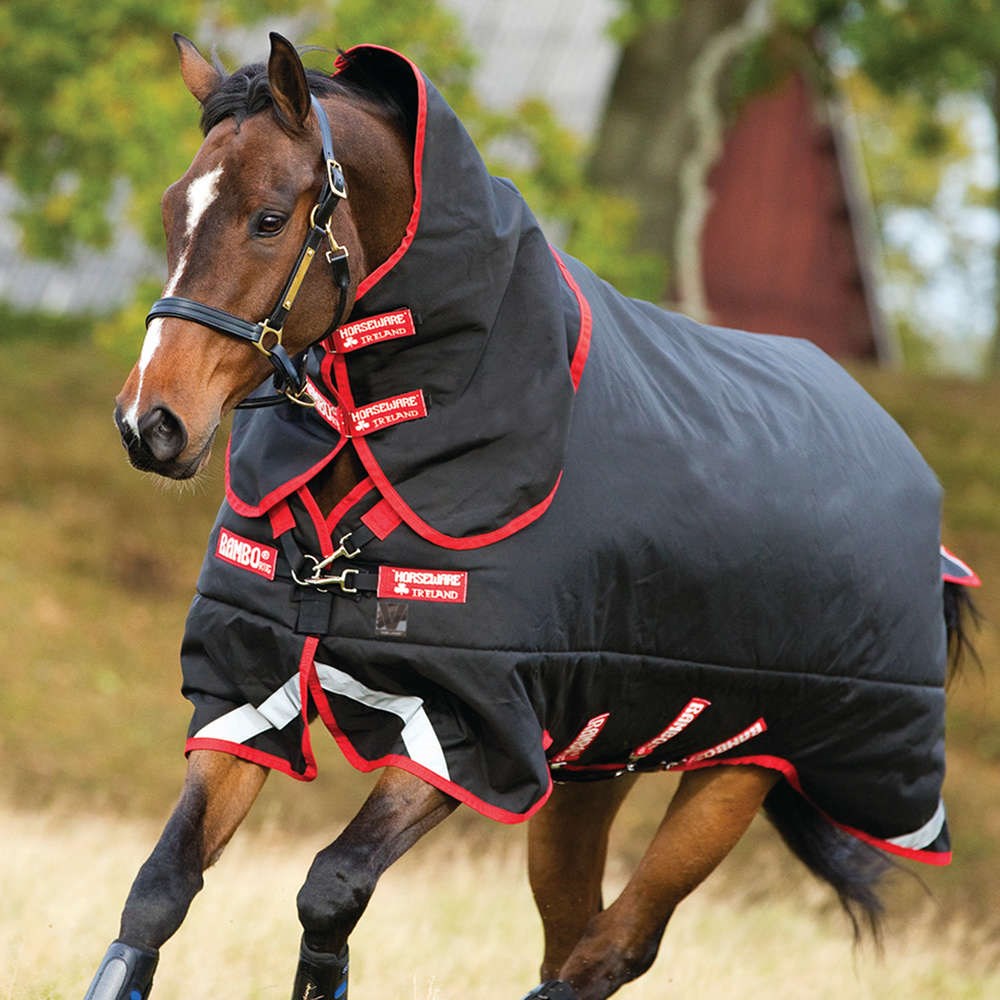Forage makes up most of a horse’s diet, and for good reason. The fibre that grasses and hay can provide your horse with is essential to its well-being, whether it’s undergoing a rigorous training programme, or simply in light to moderate work. Feeding your horse a high-fibre diet comes with a range of benefits that we will explore in more detail below.
Sources Of Fibre
Fibre should be the foundation of your horse’s diet, no matter if they’re in light work, or they’re working their way through an intense exercise regime to enhance endurance and performance. Fibre is found in various types of horse feed the most common being pasture, hay, and haylage, but there are also alternatives that you could use like hay cubes, and other fibre by-products, like beet pulp, grain hulls, and bran. These alternatives are generally used alongside hay as it is the long length of hay that provides horses with chew time – an essential requirement for their well-being. So, what are the benefits that come along with a high-fibre diet? Here are a few advantages.
Aids Digestive Health
Fibre is an essential nutrient when it comes to your horse’s digestive health. Horses have an incredibly sensitive system, which means we must do all we can to keep it balanced and functioning correctly to avoid common issues like colic and ulcers. It’s said that alfalfa is one of the best sources of fibre when it comes to digestive health as it can neutralize acidity in the gut and also keeps your horse’s stomach acidic contents from moving and causing issues to the lining of the stomach. If your horse’s diet is low in fibre, you may notice that they experience loose droppings, especially if starch levels in their diet are high.
A Source Of Energy
Fibre is a good source of energy for your horse, but the quality of forage can have an impact on how much energy your horse gets. For example, fibre provides slow-release energy, however, there are a few factors that can have an impact on the amount of energy it provides. Digestible fibre is best for high levels of energy, which can be found in younger, less mature plants. Plants like straw are more mature and less digestible, and as a result, provide lower levels of energy to your horse. It’s important to keep this in mind when deciding which forage to use
Winter Warmer
During the winter months when the temperatures drop, providing a high-fibre diet is one of the best ways to help your horse manage the decline in temperature. Whilst horses have various ways to cope with the cold – and they actually manage the winter better than us humans! – they can still use a bit of extra help to keep them healthy and comfortable. When fibre is digested in the gut, it heats your horse from the inside out. When the fibre content that is present in feed is fermentsed by bacteria that live in the gut, heat is produced. , A bonus if your horse is turned out in all weathers and it can really help them to maintain condition.
Aids Hydration
Water is often described as a forgotten nutritent as it also plays an important role in your horse’s health. Staying hydrated means your horse can maintain a healthy and balanced digestive system, whilst also reducing the chance of suffering from colic. But where does fibre come into this? Fibre can act as a reservoir for water in the gut which is helpful for maintaining a consistent hydration level. You can soak forage in water to help your horse increase its water intake, particularly if they don’t drink much from the bucket in colder weather.




